V60 and KONO filter cups both belong to tapered filter cups. What's the difference between them?
Usually we make some coffee with obvious flavor, such as Yega Xuefei and Kenya, we mostly choose to use V60 filter cup, but some people will get used to using KONO filter cup, these two kinds of filter cups are conical filter cups, so what's the difference between these two kinds of filter cups?
It is mentioned that the flow rate of several commonly seen coffee filter cups is a very interesting result. Usually, when brewing coffee by hand, the brewing time is from fast to slow (from left to right), in order:
Hario V60 → Kono → Donut → Kalita → Melita
The speed of this extraction time is just a comparison, and there is no exact data, which makes us baristas itch, so we have to use a very stupid method to do experimental comparison. There are many kinds of filter cups, and the one in your hand may be Melitta,Kalita,KONO. Either way, each has its own characteristics, so how will these unique designs affect the taste of coffee?
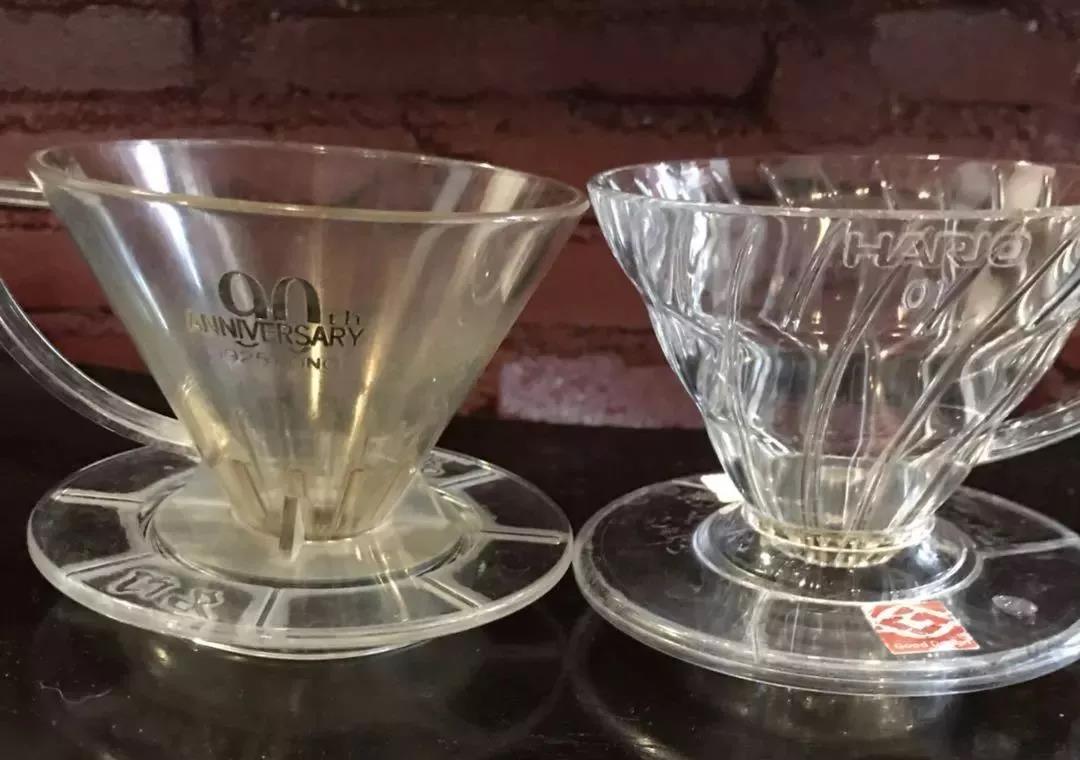
In terms of material, the filter cup is made of resin, ceramic and copper. Most of the filter cups of resin are transparent, so it is easy to see the dripping state of coffee liquid during coffee extraction through the filter cup, and it is light and easy to carry.
The function of filter cup groove (rib):
When using the filter paper dripping method to brew coffee, the filter paper will stick to the wall of the filter cup. Without the grooves of these filter cups, after injecting hot water, the air can only be discharged from the filter hole at the bottom of the cup, and the remaining air will be discharged from the surface of the coffee powder in the steaming state. There is a hole in the surface of the coffee powder, and the cold air enters, so that the coffee will not be fully steamed. If you don't get enough steaming, the coffee will lose a certain flavor.
Therefore, the filter cup is extremely important. The filter cup must have a deep groove so that after the hot water is injected into the coffee powder, there is a gap between the filter paper and the filter cup to let the air out, so that the coffee can be fully steamed.
Introduction of filter cup
Everyone must have V60 conical large hole filter cup!
The bottom of the V-shaped filter cup is a large hole, and the filter paper used is a special conical filter paper. this kind of filter cup does not have the trouble that the filter hole is blocked, so it is suitable for coffee beans of various roasting degrees.
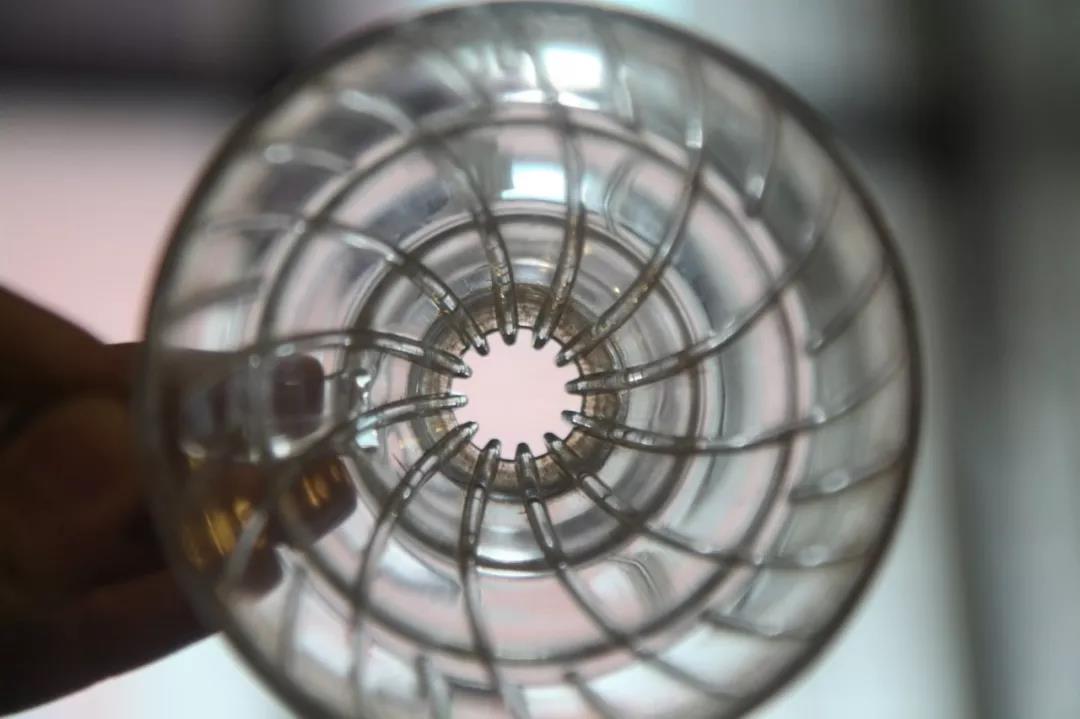
The conical filter cup can not only increase the concentration of water flow, but also make the coffee powder more concentrated. During the initial water injection and steaming, the coffee powder will be easier to absorb water evenly. But it also has shortcomings, its flow rate is relatively fast, easy to lack of extraction, need to inject water many times, and the requirement of steaming is relatively high.
V60 design features: perfect cone, whirlpool pattern, large round hole in the center.
1. Cone at an angle of 60 degrees: this prolongs the time for the water to flow through the coffee powder to the center.
2. A large filter hole: this allows us to control the flavor of coffee by changing the flow rate of water.
3. Spiral pattern: this allows air to escape upward from all around to maximize the expansion of coffee powder.
Extraction characteristics: the design of the filter cup pattern can make the flow velocity more uniform; but the flow in the groove of the filter cup is easy to gather, resulting in over-extraction of some coffee powder and insufficient extraction of some coffee powder; the design of the large round hole in the center can increase the flow rate and make up for the non-uniformity of extraction to a certain extent. Using Hario V60 filter cup requires some cooking skills and stability.
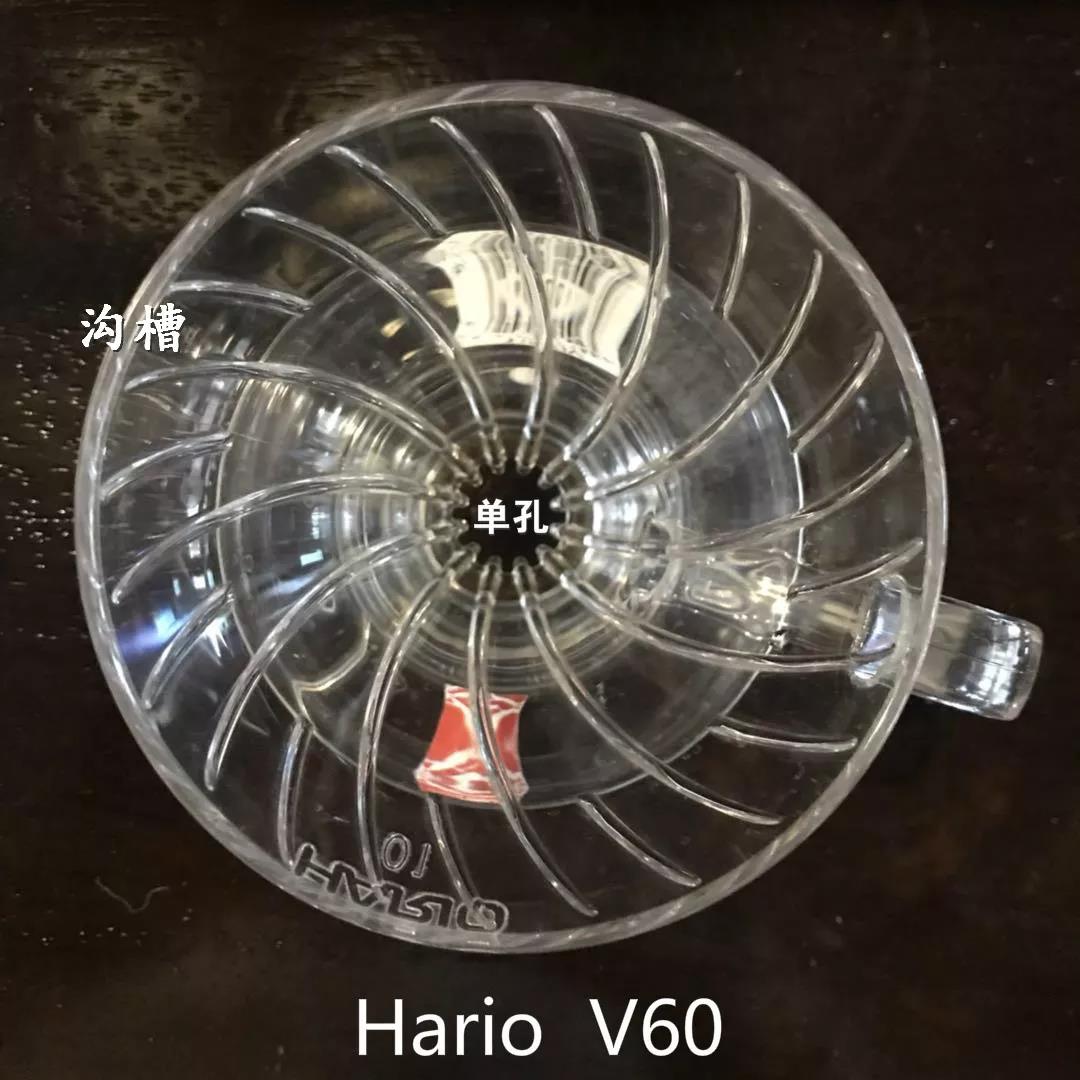
Japanese style technique with Kono filter cup
A closer look at the ribs of the KONO filter cup shows that the ribs of the KONO do not extend from the bottom to the top, but stop when they are less than half the height of the filter cup. This height is designed to ensure that during the dripping process, the filter paper can be attached to the wall of the filter cup after absorbing water, and once the exhaust space is limited, the air flow will be limited, which will increase the water absorption time of coffee powder particles.
In the extraction process of KONO filter cup, the pressure produced by siphon effect is used for extraction, so the extraction degree of water saturation and concentration of coffee powder particles in the initial stage will be much higher.
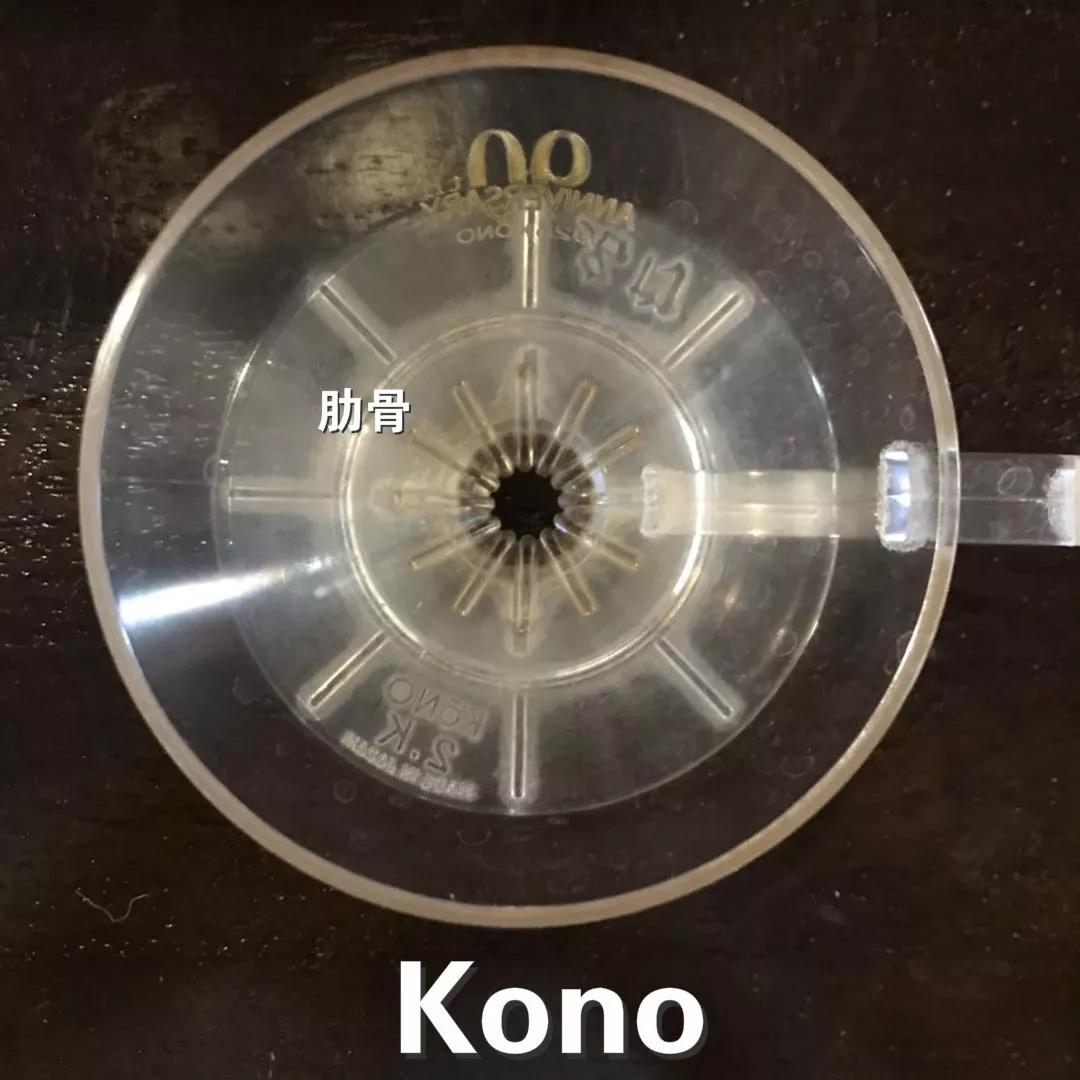
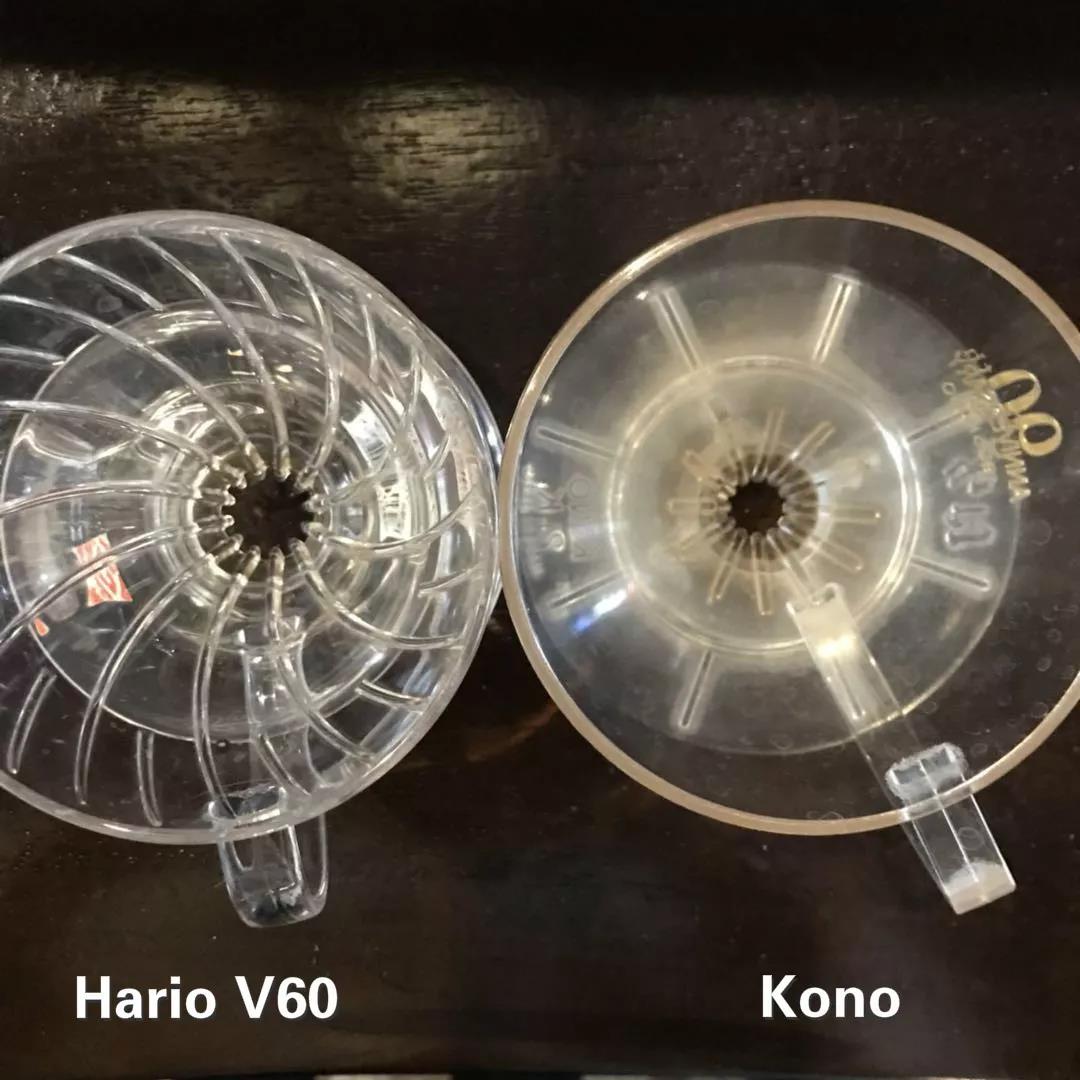
This time I want to share two different taste extraction schemes with the same bean and different filter cups. Today, we use the bean asali of Kenya to do this experiment.
This bean is medium and light baked, and the bean growing period is on the 7th day. The bean flavor will have obvious flavors of virgin fruit and black plum, with bright acidity, outstanding sweetness, juicy taste, raspberry aftertaste and sweet yellow sugar.

Country: Kenya
Producing area: Sika Thika
Processing plant: Asali honey processing plant
Altitude: 1550m Murray 1750m
Soil: volcanic soil
Rating: AA TOP
Variety: sl-28,sl-34
Treatment: 72-hour washing in Kenya
Baking degree: medium and shallow baking
We now use the usual parameters to use V60 and KONO filter cups each to make a pot [Kenya asali] ~
V60
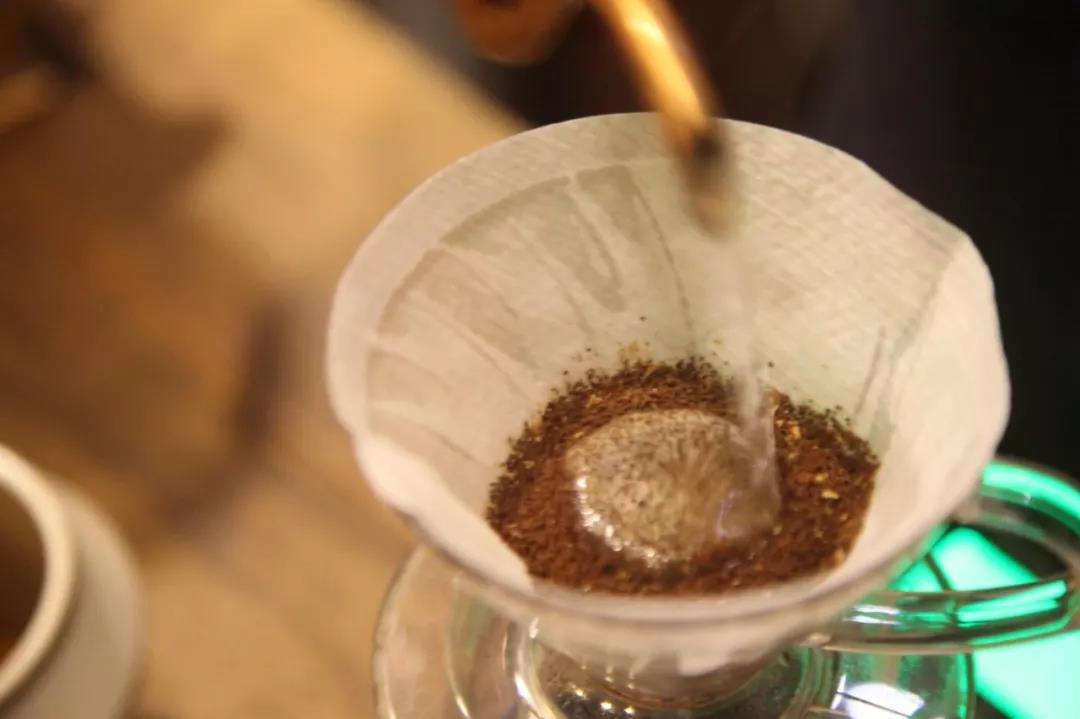
Water temperature: 90 ℃
Degree of grinding: BG 6m (47% of the pass rate of Chinese standard No. 20 screen)
Powder / water ratio: 1:15
Brewing and cooking techniques:

Steam with 30 grams of water for 30 seconds, slowly inject water to 122 grams for segments, and water level drop to 225 grams when the powder bed is about to be exposed.

Total cooking time (starting from steaming): 2: 06 "
KONO
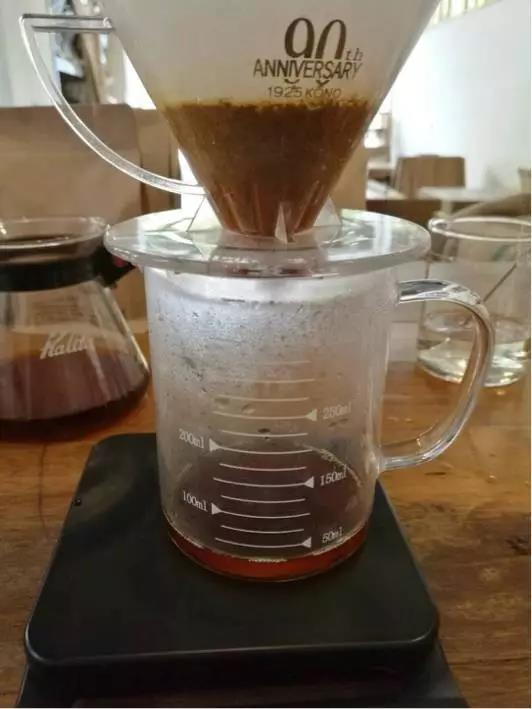
Water temperature: 90 ℃
Degree of grinding: BG 5m (64% of the pass rate of Chinese standard No. 20 screen)
Powder / water ratio: 1:15
Flushing and cooking technique: steam for 30 seconds with 31 grams of water, slowly inject water to 122 grams for segments, and water level drop to 229 grams when the powder bed is about to be exposed.
Total cooking time (starting from steaming): 2: 15 "
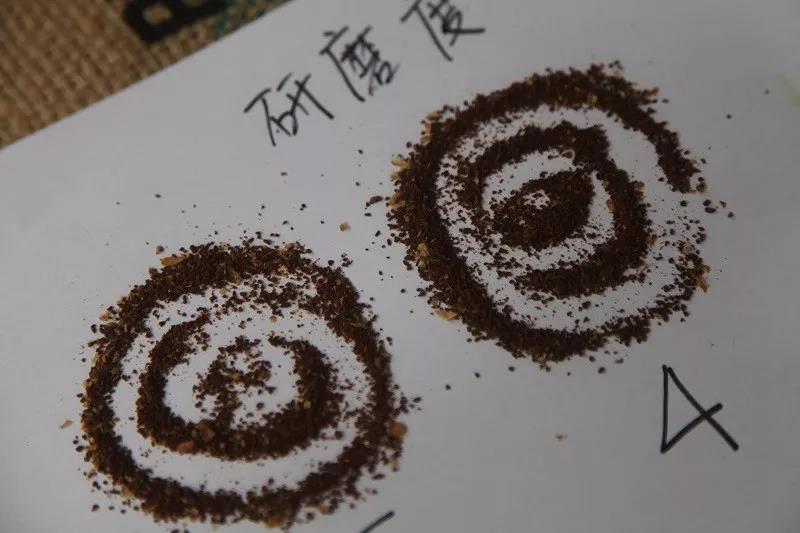
V60: the entrance is grapefruit peel, virgin fruit, berry flavor, acidity is relatively bright, the end is an obvious sense of juice.
KONO: the taste is balanced with sweet and sour taste, with soft acidity and some black plum flavor. With some sharp acid, the concentration is higher than that washed out with V60, and the obvious tea feeling at the end, the imbalance between sour and sweet, is an excellent performance.
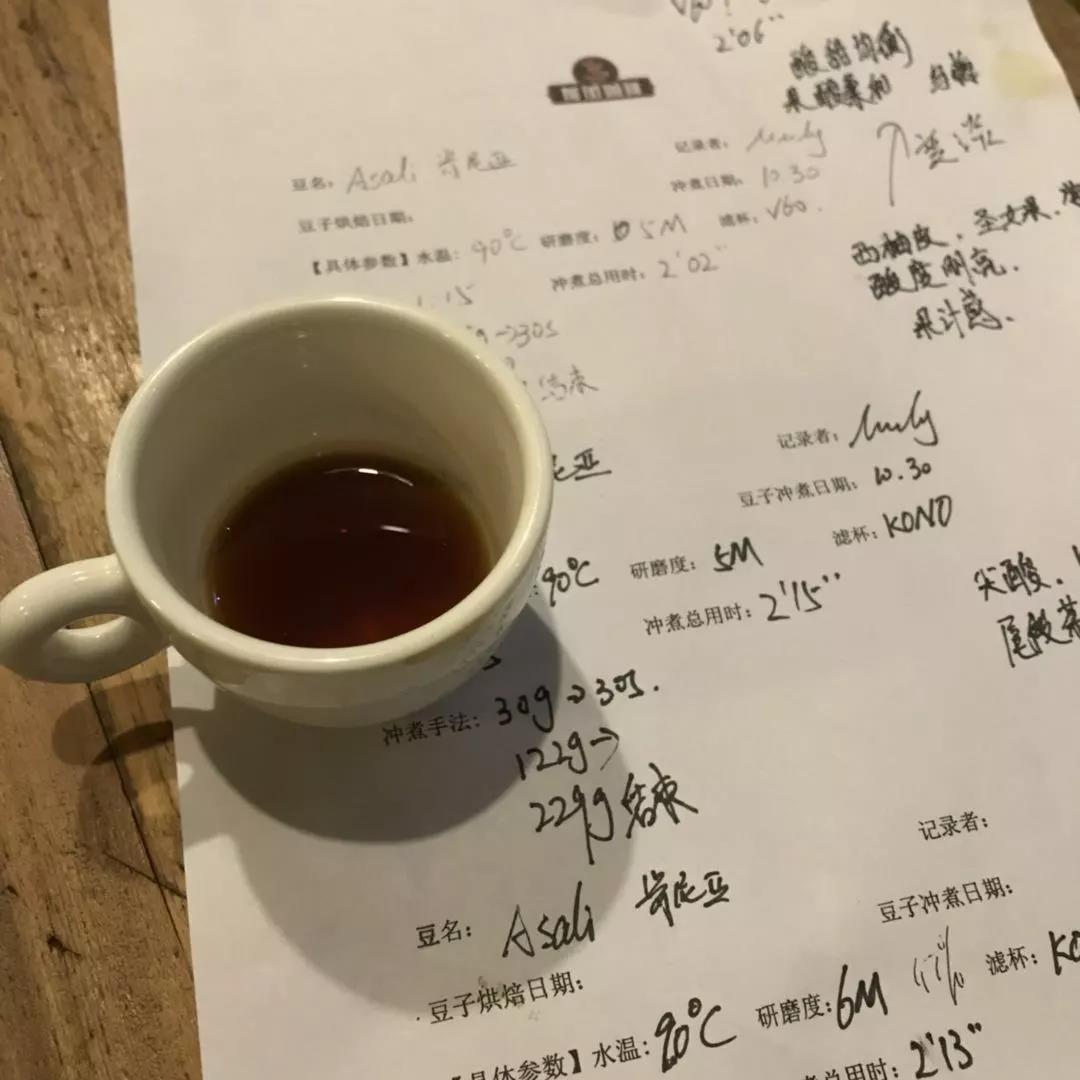
So what is the difference between the coffee brewed from the V60 filter cup and the KONO filter cup?
KONO filter cup in the extraction is mainly immersion extraction, this kind of extraction will make the overall extraction more uniform, the aroma is introverted, the alcohol thickness will be better in the taste, and the sweetness will be fuller and round.
Because of its design and fast flow rate, V60 filter cup is easy to be delaminated in the process of extraction, so it is easy to show multi-level aroma, and the flavor levels are changeable. Coffee will have rich acid quality changes from hot to cold, and the taste is clear and transparent. However, compared with KONO filter cup, it is easy to extract out of balance, the personality is stronger, and the alcohol thickness is general.
To put it simply, if you want to be sour, the hierarchy is better, choose V60, think Japanese, the thickness of the taste will be better, choose KONO, usually, Yega chooses V60, Manning chooses KONO, personal experience sharing, hope to help you.
Important Notice :
前街咖啡 FrontStreet Coffee has moved to new addredd:
FrontStreet Coffee Address: 315,Donghua East Road,GuangZhou
Tel:020 38364473
- Prev
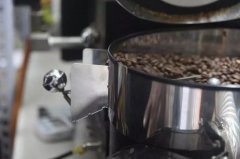
What is the difference between double baking and single baking? Characteristics of double baking method
Double roasting, also known as secondary roasting, is described in some Japanese or Taiwanese coffee books. The biggest feature of double roasting is that the coffee ripe beans will be more uniform from the color uniformity and development, and make the coffee taste relatively stable and balanced, without too strong aroma and too prominent sourness.
- Next
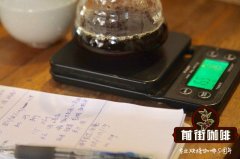
What is the way coffee beans are fermented? What are the ways to deal with coffee beans?
Professional coffee knowledge exchange more coffee bean information Please pay attention to the coffee workshop (Wechat official account cafe_style) during the natural fermentation of coffee, different biological decomposition procedures take place, and enzymes produced by yeasts and bacteria begin to break down the sugar in the pectin layer. Sugar breaks down lipids, proteins and acids and converts them into alkyd, which changes the smell, color and pH of coffee beans.
Related
- What is the meaning of lactic acid fermentation with coffee bean treatment?
- How to judge the state of foam by sound?
- How does the latte pull out the unicorn pattern? Come to get for a little trick to improve the flower pull!
- Will flower pulling affect the taste of the latte?
- Do you know the history of coffee?
- The difference between honey treatment and sun washing what is raisin honey treatment?
- What kind of milk can a novice use to make coffee foam to keep the foam longer? The correct method and skills of milking tutorial sharing
- Why do washed coffee beans taste sour? Flavor characteristics of washed Coffee
- Introduction to the skill of how to practice the size and height of water injection around the circle of hand-brewed coffee
- How do beginners practice coffee flower drawing from scratch?

